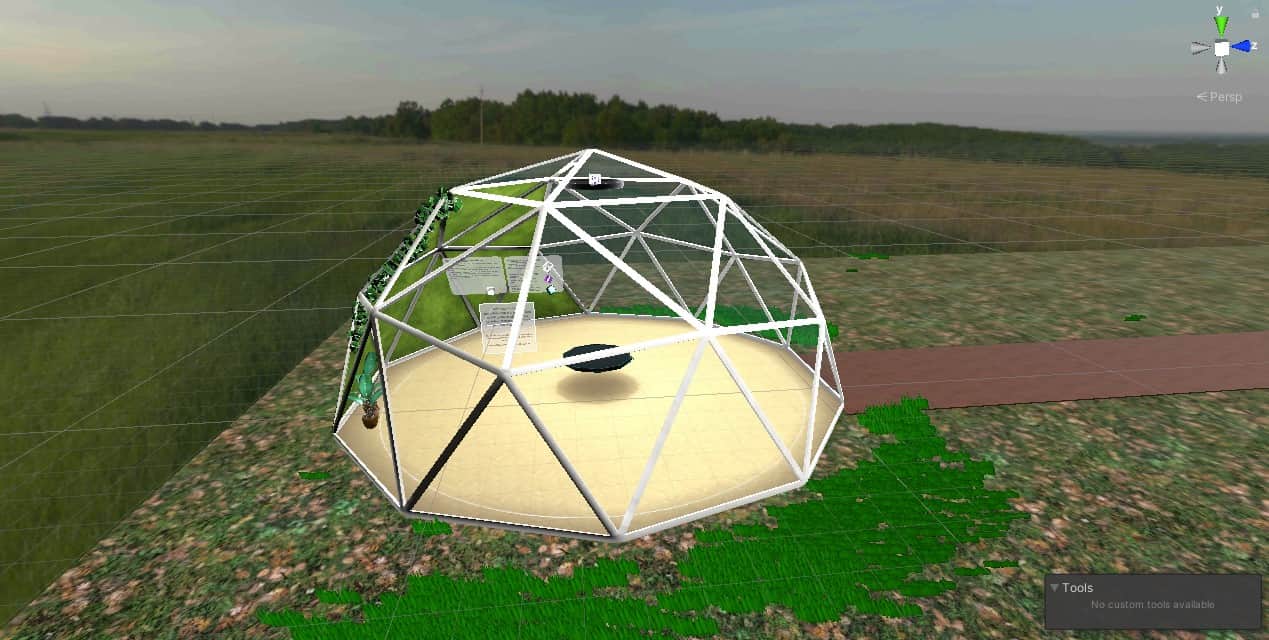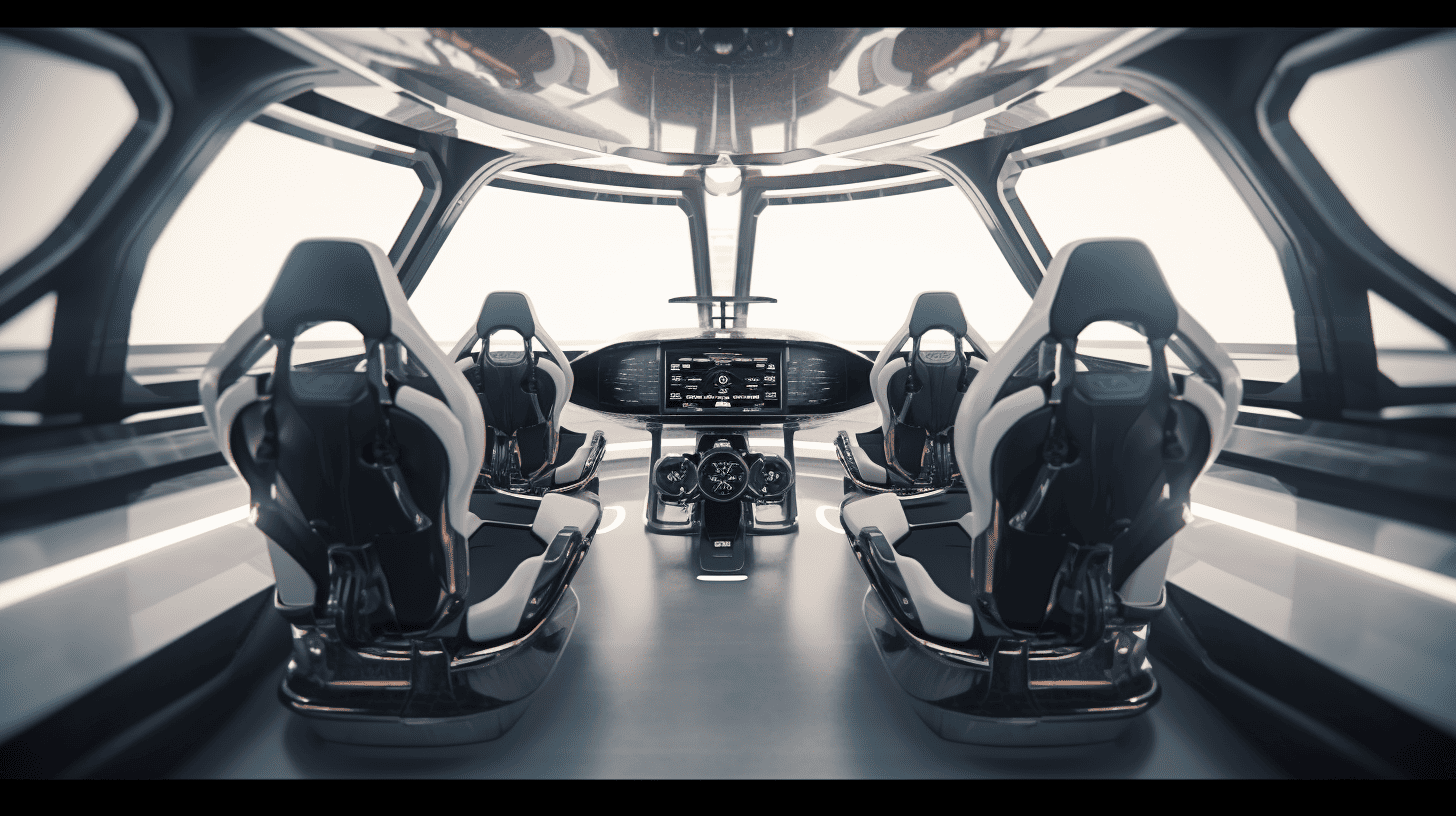
Intelligent, self-driving cars are seen as the future of mobility. But to ensure that such a car reacts correctly in all situations, it must also recognize and process potential hazards. Training artificial intelligence accordingly, however, is very time-consuming and costly. Porsche Engineering is now taking a new approach and using tools from the gaming world: game engines. In computer games, these are responsible for the realistic behavior of objects such as cars and can generate photorealistic images.
With the help of these software packages, Porsche Engineering develops and tests highly automated driving functions, among other things, using virtual technology. This shortens development times, which in turn saves costs and makes mobility safer. In the future, game engines in the Porsche Car Configurator will even directly support customers in the individual configuration of vehicles at the dealership.
Every possible scenario
“We use a wide variety of technologies to develop and test the vehicle of tomorrow,” says Dirk Lappe, technical director at Porsche Engineering. “Game engines have a crucial role to play here, along with artificial intelligence. They train driver assistance systems with synthetic sensor data. This way, every scenario and eventuality can be played out in detail.”
In real-world test drives, on the other hand, algorithms of driver assistance systems have to be trained for events that don’t always occur. “Drives simulated with the help of game engines have the advantage that they can be repeated as often as desired, are controllable and take less time,” says Lappe. However, Porsche Engineering does not rely exclusively either on real or virtual training. Instead, the experts use mixed forms in which, for example, a real vehicle has to react to virtual objects.

More than real – Game engines can be used to create augmented reality applications that enhance real images with digital information. Cayenne model series: combined fuel consumption 11.6 – 9.2 l/100 km; CO₂ emissions 264 – 210 g/km © Porsche Engineering
In addition to training driver assistance systems, game engines are also used in vehicle design. This way fewer real prototypes are needed, which also saves time and costs. For this purpose, the company uses the Visual Engineering Tool that it developed in-house. Using augmented reality (AR) or virtual reality (VR) glasses, questions about the optimal arrangement of components can be clarified on the basis of CAD data, among other things. And this is all done without the need for costly, real models.
Realistic simulation for customers, too
Game engines will also enhance the customer’s buying experience in the future, Weissach emphasizes. Porsche is already testing a virtual reality car configurator. In the future, customers in Porsche Centers will be able to see an almost photorealistic, three-dimensional simulation of their vehicle via a gaming PC that is connected to VR glasses.
“Software developers with a gaming background are shaping the future of mobility just as much as mechanical engineers and AI experts,” Lappe continues. “An intelligent, connected vehicle is created by combining world-class automotive know-how with software expertise. We are car geeks who love to program at the same time.”
Cover photo: Just like in a showroom – The Virtual Reality Car Configurator will present customers with a three-dimensional simulation of their future vehicle. Taycan: Electricity consumption combined 28.7 – 28.0 kWh/100 km; CO₂ emissions combined 0 g/km © Porsche Engineering
Additional articles on the topic of mobility of the future can be found here.







